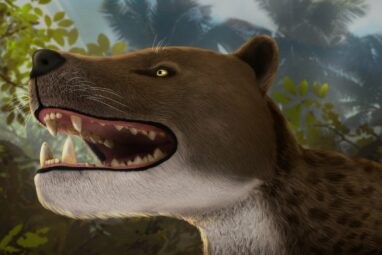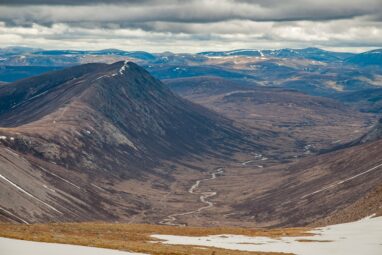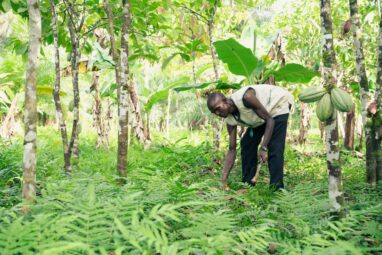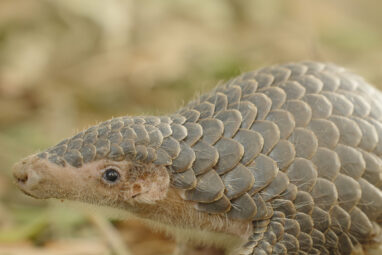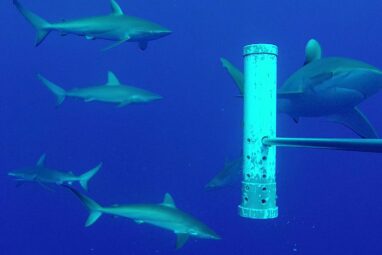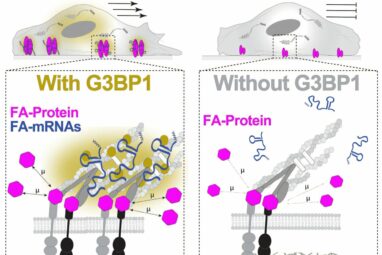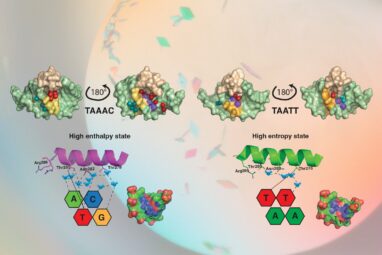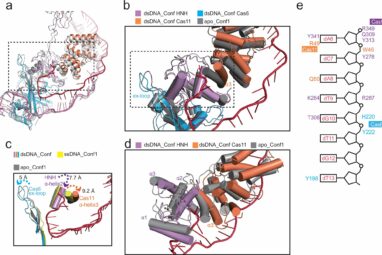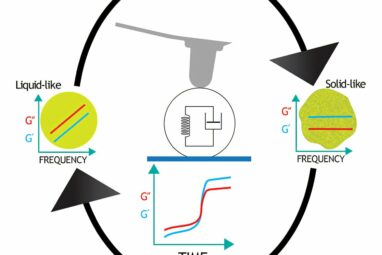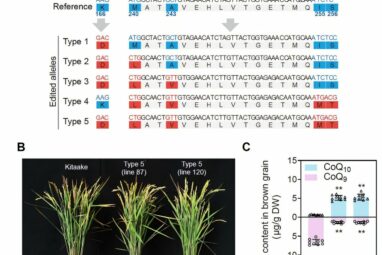A rare discovery of a nearly complete skull in the Egyptian desert has led scientists to the “dream” revelation of...
Reintroducing wolves to the Scottish Highlands could lead to an expansion of native woodland which could take in and store...
Some efforts to preserve or rewild natural habitats are shifting harmful land use to other parts of the world—and this...
Pangolins are unique as they are the only mammal to be covered in scales. Even though they are scaly, photos...
Undersea mountains are key locations for predators—with 41 times more sharks than the open ocean, new research shows. The study—led...
Cells in the body have to move around in order to do their jobs. During development, for instance, cells are...
In a study published in Nature Structural and Molecular Biology, scientists from the Department of Medical Biochemistry and Biophysics at...
Researchers have revealed new details about the CRISPR-Cas5-HNH/Cascade complex, a variant of the type I-E CRISPR-Cas system, providing insights into...
Understanding the behavior of tiny droplets in our cells could aid the search for new treatments. A team of Leiden...
An interdisciplinary research team from Leipzig University and the Saxon AI center ScaDS.AI has developed a novel approach that integrates...
A new Colorado State University study of the interior U.S. West has found that tree ranges are generally contracting in...
A team of Chinese scientists has used targeted gene editing to develop rice that produces coenzyme Q10 (CoQ10), a vital...
